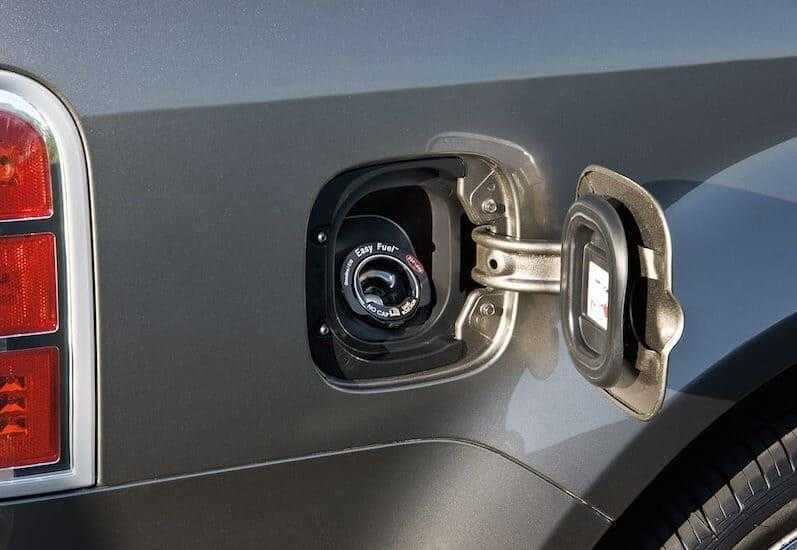As all of you know the gas tank is an important part of your car but have you ever wondered what is its role? Is it only a place to store the fuel? What should you do to help it perform at its best condition?
Let’s find out 3 essential things to know about your gas tank in car in this article.
Contents
What is a Car Gas Tank?
A car gas tank (or petrol tank) is a safe container for flammable fluids. Though any storage tank for fuel may be so called, the term is typically applied to part of an engine system in which the fuel is stored and propelled or released into an engine. You may wonder what are gas tanks made of.
The answer is: the gas tank can be made out of plastic high-density polyethylene, which can be made into complex shapes, save space, and can improve crash safety.
The gas tank can also be made out of steel or aluminum, which is welded from stamped sheets.
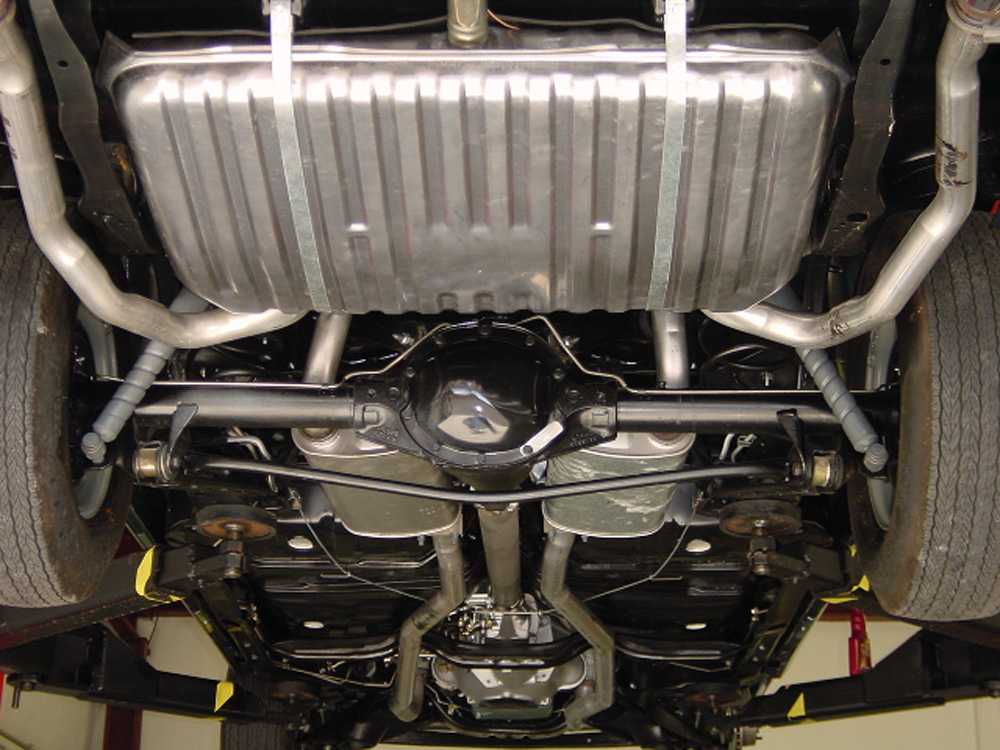
3 Essential Things to Know About Gas Tank in Car
Fuel tank capacity
All of the cars are designed for a specific capacity gas storage. And the size of the gas tank depends on the type of car, the brand of car.
Such as big cars like SUVs, trucks have larger gas tanks than usual while the smaller for the nano cars. But in general, the gas tank size is some litters between 45 and 65 liters.
In the past, due to the gas station rarity, some car brands designed the second fuel tank and they called it a “reserve tank”.
This reserve tank can contain approximately 15% of the capacity of the primary tank. Nowadays, instead of designing the second fuel tank, car designers combine the two tanks into one.
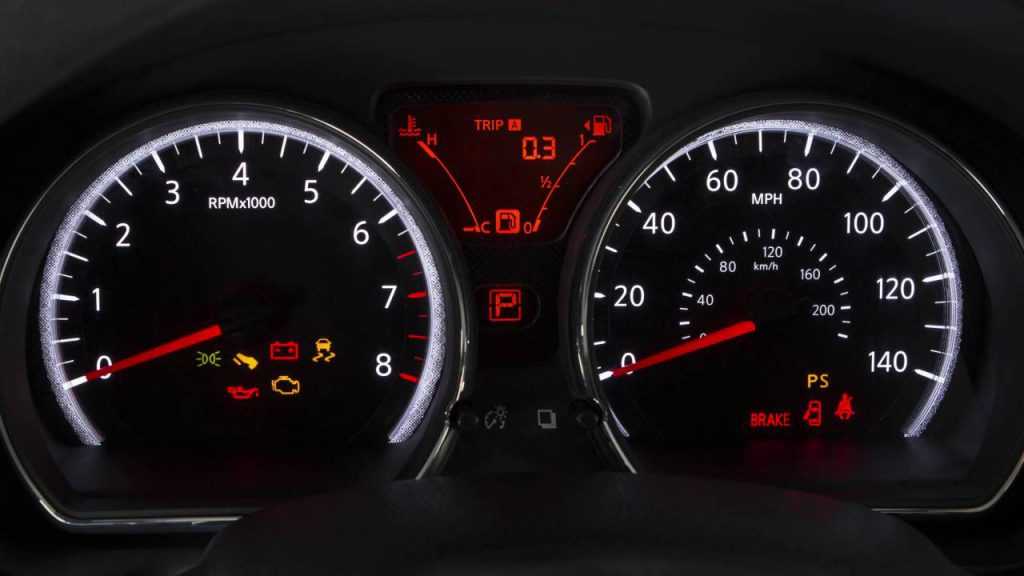
If it is written that the capacity is 60 liters, it means that the gasoline tank capacity can contain 60 liters of fuel.
That number also covers the reserve tank capacity which only indicates the level where the fuel light will warn you about the low level of gas.
You will receive the warning about the low level of fuel and you will not be able to drive your car if there is only 5 to 10 liters of gas left because of the automotive stop functioning.
SEE MORE:
- The 9 Best Car Vacuum Cleaners To Buy In 2020
- Keeping Your Car Safe From Coronavirus: Sanitization Rules
- How To Care For Your Car During A Pandemic Lockdown
Types of Car Fuel
There are 6 popular types of fuel which vehicles use nowadays. They are:
Gasoline
The most popular fuel for most car-types, it allows for fast acceleration, quick starting, quiet operation, and easy combustion. Moreover, it is readily available fuel and has a history going as far back as the early 1900s.
A typical gasoline mixture contains about 150 different hydrocarbons, including butane, pentane, isopentane and the BTEX compounds.
Diesel
Diesel is another type of fuel that is commonly used for cars, especially for diesel engines cars.
For a big vehicle such as a truck, van, they have to go a long way therefore they need some fuel which can cover a lot of distance or are used a lot and diesel is their favourite.
While diesel gives off less carbon dioxide, it’s often a more natural resource, it gives off nitrous oxide, which can cause smog.
Liquified petroleum
Liquified petroleum in another name is propane. It is a very clean energy source but very rare to find at the same time. Liquified petroleum was known as a volatile component of gasoline.
Almost 40% of all passenger cars in Turkey run on autogas, slightly more than run on petrol. This makes Turkey the second biggest autogas market in the world.
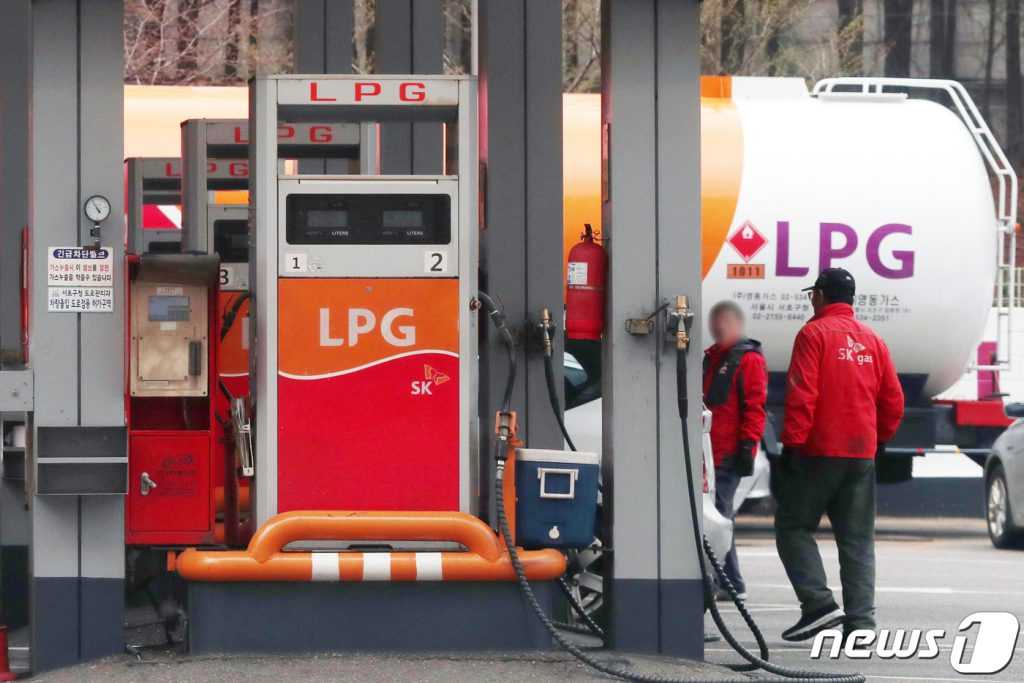
Compressed natural gas (CNG)
Compressed natural gas is another environmentally friendly alternative to the biggest fuel types.
Natural gas is lighter than air, so a spill won’t puddle the way gasoline will nor will it sink close to the ground like propane. The use of natural gas fuel reduces costs significantly for vehicle and fleet owners.
The feeling while driving a car with CNG is exactly the same, as the performance of gas engines is identical to that of diesel or petrol engines with the same power output.
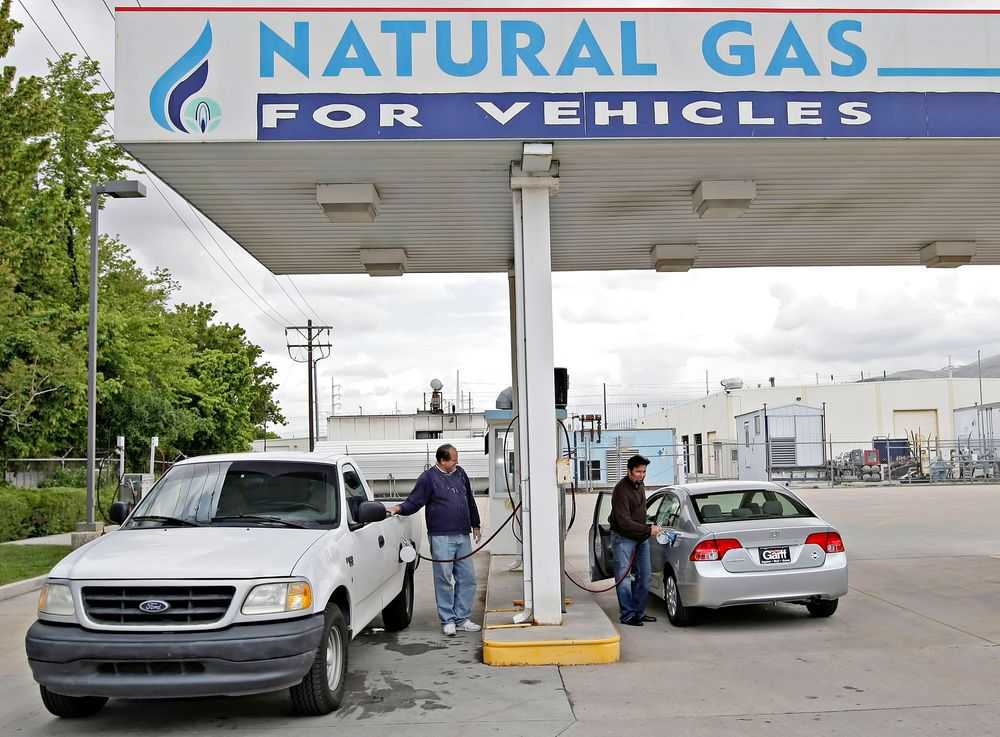
Ethanol
Ethanol is derived from the sugar cane, corn and barley plant, along with a myriad of other natural resources and it can be found in alcohol.
It is actually very safe and is a biofuel among car fuel types.The first production car running entirely on ethanol was the Fiat 147, introduced in 1978 in Brazil by Fiat.
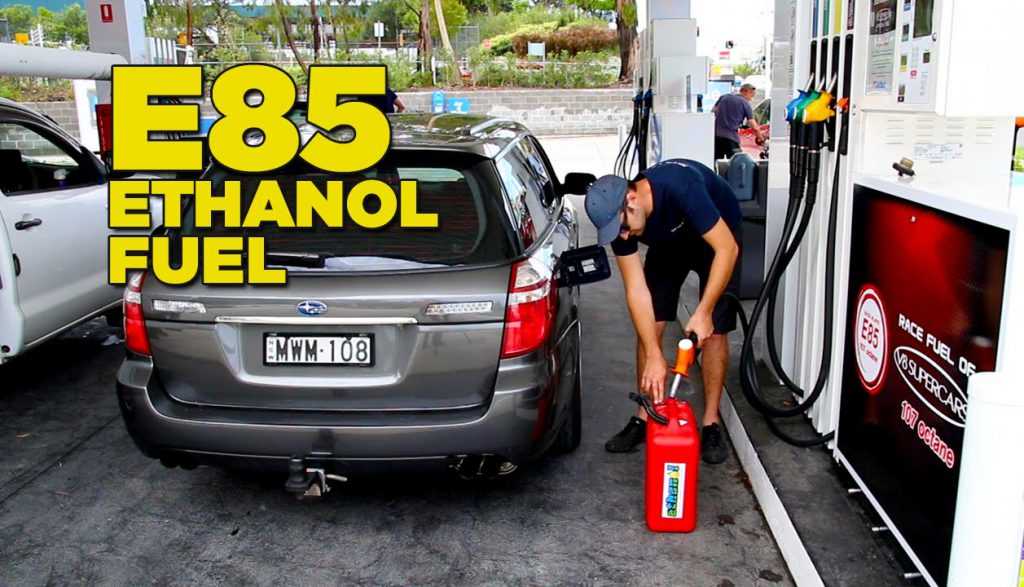
Ethanol fuel has a “gasoline gallon equivalent” (GGE) value of 1.5, i.e. to replace the energy of 1 volume of gasoline, 1.5 times the volume of ethanol is needed.
Biodiesel
As its name, biodiesel is made from natural resources such as rapeseed, palm oil, sugar beet and it can be produced locally in most countries. Biodiesel is much cleaner and has less pollution than diesel fuel made from fossil fuels.
In fact, it works as a solvent, it cleans the engine so much that it might pull out old dirt in the engine and clog up the filters. After you replace the filter, it will be fine.
Always Keep a 1/4 Tank of Gas in Your Car
Have you ever wondered what the minimum amount of gas is that you should always keep in your car’s gas tank? Some experts say that you should always maintain at least ¼ of the fuel level in a gas tank in car. But why?
In the past, the experts gave this recommendation due to the sediment forming at the bottom of a gas tank.
Low level of fuel in the gas tank may lead to some trouble for your car, for instance: mechanical issues, gas consumption, safety…
Recently, car manufacturers improved the function of gas tanks. Therefore, it is believed that gasoline or diesel fuel helps keep the fuel pump found in modern gas tanks cool, making going below ¼ tank of gas less troublesome.
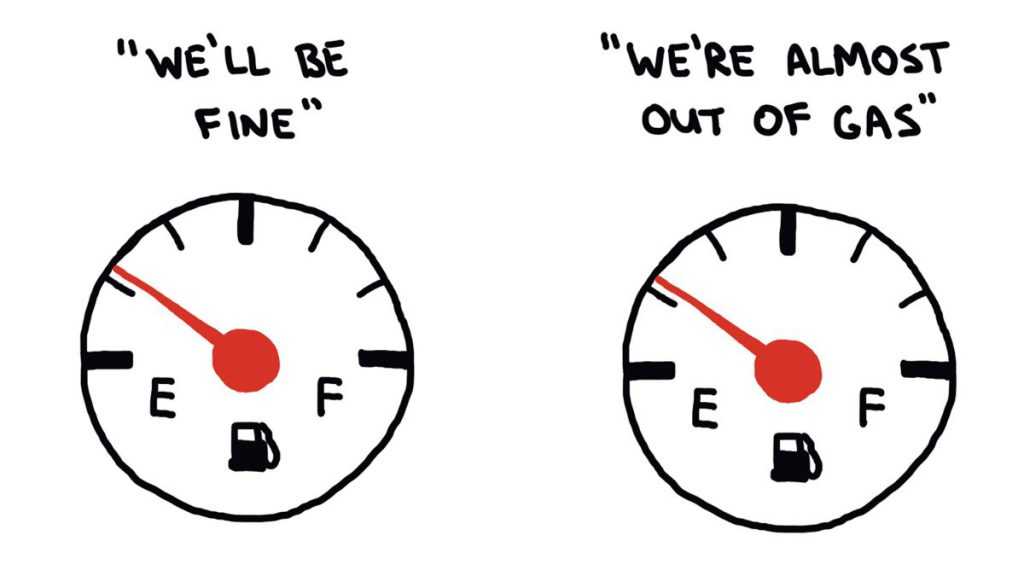
However, letting your fuel get too low can damage your car a lot. The older car, manufactured before the 1990s, had the fuel tank made from metal and tended to rust overtime.
This may cause a problem if the fuel pump sucks up any sediment within a fuel tank. Fortunately, the new generation of cars have the fuel tank made of high density plastic. This can reduce the problem caused by sediment.
12 Facts About Gas Tank In Car
1. Premium gas does not get better gas mileage. If your can can take a lower grade, go for it and save your money.
2. Your fuel gauge tells you which side your gas tank is on- In the new car models, car makers have begun to include a “secret triangle” to show you which side the gas tank is on.
3. Your car requires just a quick drink to get going- Experts have found that the average car takes about half an ounce of gasoline to start.
4. 30 second rule – You should turn off your engine only if you think you’re going to be stopped for more than 30 seconds, an idle doesn’t use very much fuel at all.
5. Outside of North America, gasoline is referred to as petrol.
6. Cars are getting cleaner, but oil is getting dirtier. Cars are becoming more efficient, about 20% in the last decade, which means emissions from driving a mile are falling. But emissions from producing a gallon of gasoline are rising.
7. When it was first introduced, Ford’s Model T car got a gas mileage of around 25 miles per gallon.
8. Without added ethanol, a gallon of gasoline produces 19.64 pounds of carbon dioxide when burned. Diesel, on the other hand, produces 22.38 pounds.
9. The country with the most expensive gas prices is Norway. The price per one gallon is around $6.53.
10. There were more gas stations in America in the 1920s then there are today.
11. Your car can run on alcohol. Ethanol actually is a type of alcohol. Therefore it is possible that your car runs on alcohol.
12. The country with the cheapest gas price is Venezuela. The price per gallon is around $0.02.
Final Thought
The article ‘3 essential things to know about gas tank in car gives you a basic knowledge of fuel tank capacity, the types of car fuel, which type are safe for the environment, and the minimum of fuel level that you should maintain in the gas tank.
Keep updating news in Car from Japan for better information about car and maintenance tips!

